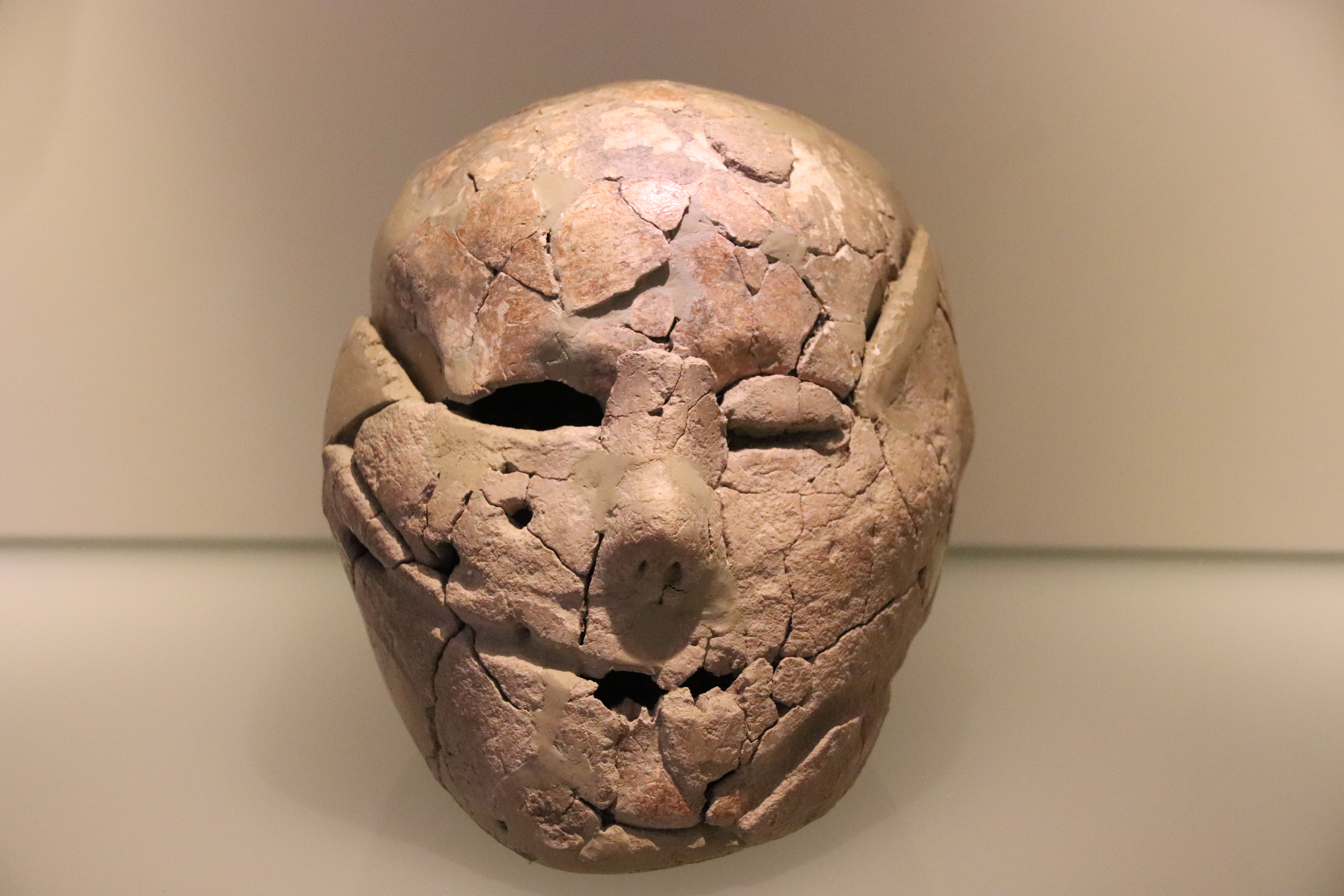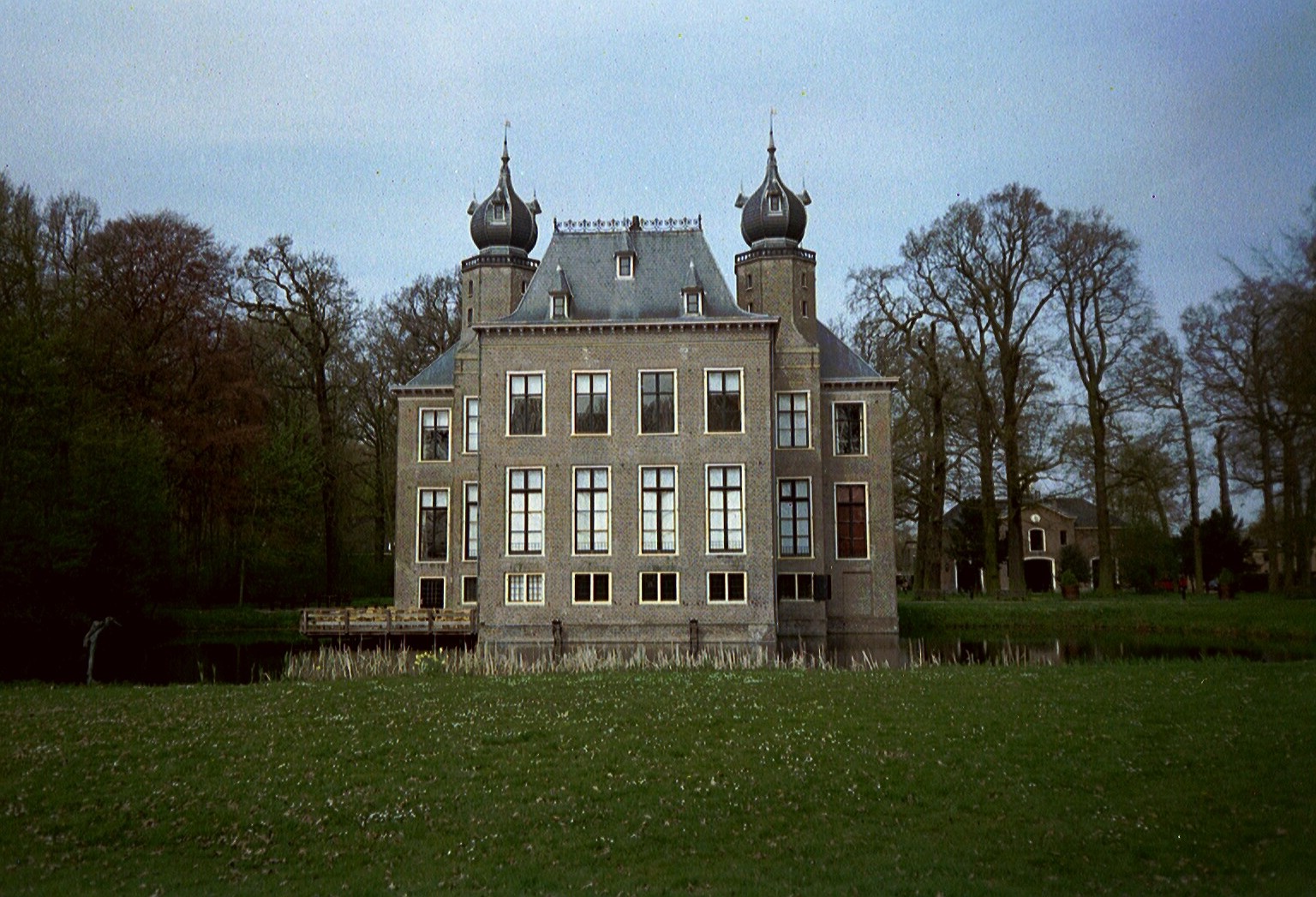|
Samuel Collins (physician, Born 1618)
Samuel Collins, (1618–1710) was an English anatomist and physician. Education Samuel Collins, baptised in 1618,Cooper; Bevan 2004. was the only son of John Collins, rector of Rotherfield, Sussex, who was descended from an ancient family settled in the counties of Somerset and Devon. He received his education at Trinity College, Cambridge, where he was elected to a scholarship, and afterwards to a fellowship. He graduated BA in 1638–9, and MA in 1642. Then he travelled on the continent, and visited many universities in France, Italy, and the Low Countries, but found none to compare with the English. He was created MD at Padua on 25 August 1654, and was incorporated in that degree at Oxford in 1652, and at Cambridge in 1673.Cooper 1887, p. 376. Career He was admitted a candidate of the College of Physicians of London in 1656, and a fellow in 1668. About the latter date he was appointed physician-in-ordinary to Charles II. Between 1671 and 1707 he was frequently ele ... [...More Info...] [...Related Items...] OR: [Wikipedia] [Google] [Baidu] |
Portrait Of Samuel Collins Wellcome L0001406
A portrait is a painting, photograph, sculpture, or other artistic representation of a person, in which the face and its expressions are predominant. The intent is to display the likeness, personality, and even the mood of the person. For this reason, in photography a portrait is generally not a snapshot, but a composed image of a person in a still position. A portrait often shows a person looking directly at the painter or photographer, in order to most successfully engage the subject with the viewer. History Prehistorical portraiture Plastered human skulls were reconstructed human skulls that were made in the ancient Levant between 9000 and 6000 BC in the Pre-Pottery Neolithic B period. They represent some of the oldest forms of art in the Middle East and demonstrate that the prehistoric population took great care in burying their ancestors below their homes. The skulls denote some of the earliest sculptural examples of portraiture in the history of art. Historical portraitu ... [...More Info...] [...Related Items...] OR: [Wikipedia] [Google] [Baidu] |
William Dugdale
Sir William Dugdale (12 September 1605 – 10 February 1686) was an English antiquary and herald. As a scholar he was influential in the development of medieval history as an academic subject. Life Dugdale was born at Shustoke, near Coleshill in Warwickshire, where his father, John Dugdale, was steward to the local landowner. As he was born, a swarm of bees flew into the garden, which some considered "a happy presage on the life of the babe". He was educated at King Henry VIII School, Coventry. In 1623 he married Margaret Huntbach (1607–81), with whom he had nineteen children. In 1625, the year after his father's death, he purchased the manor of Blyth, near Shustoke. During an enclosure dispute with a neighbour a few years later he met the Leicestershire antiquary William Burton, who acted as arbitrator. He became involved in transcribing documents and collecting church notes and met other Midlands antiquaries such as Sir Symon Archer (1581–1662) and Sir Thomas H ... [...More Info...] [...Related Items...] OR: [Wikipedia] [Google] [Baidu] |
1618 Births
Events January–June * February 26 – Osman II deposes his uncle Mustafa I as Ottoman sultan (until 1622). * March 8 – Johannes Kepler discovers the third law of planetary motion (after some initial calculations, he soon rejects the idea, but on May 15 confirms the discovery). * April 21 – Spanish-born Jesuit missionary Pedro Páez becomes (probably) the first European to see and describe the source of the Blue Nile in Ethiopia. * May 23 – The Second Defenestration of Prague – Protestant noblemen hold a mock trial, and throw two direct representatives of Ferdinand II of Germany (Imperial Governors) and their scribe out of a window into a pile of manure, exacerbating a low-key rebellion into the Bohemian Revolt (1618–1621), precipitating the Thirty Years' War into armed conflict, and further polarizing Europe on religious grounds. * June 14 – Joris Veseler prints the first Dutch newspaper '' Courante uyt Italien, Duyts ... [...More Info...] [...Related Items...] OR: [Wikipedia] [Google] [Baidu] |
3121603/page/n21/mode/2up
{{Numberdis ...
31 may refer to: * 31 (number) Years * 31 BC * AD 31 * 1931 CE ('31) * 2031 CE ('31) Music * ''Thirty One'' (Jana Kramer album), 2015 * ''Thirty One'' (Jarryd James album), 2015 * "Thirty One", a song by Karma to Burn from the album '' Wild, Wonderful Purgatory'', 1999 Film and television * ''31'' (film), a 2016 horror film * 31 (Kazakhstan), a television channel * 31 Digital, an Australian video on demand service, and before 2017 an Australian community television channel from Brisbane, Queensland. Other uses * Thirty-one (card game) See also * * * * * Channel 31 (other) * Highway 31 (other) * Section 31 (other) * List of highways numbered 31 The following highways are numbered 31: International * Asian Highway 31 * European route E31 Australia * Hume Highway ** Hume Motorway ** Hume Freeway * - South Australia ** Gorge Road ** Little Para Road ** South Para Road ** Lyndoch Val ... [...More Info...] [...Related Items...] OR: [Wikipedia] [Google] [Baidu] |
William Faithorne
William Faithorne, often "the Elder" (161613 May 1691), was an English painter and engraver. Life Faithorne was born in London and was apprenticed to William Peake. On the outbreak of the Civil War Faithorne accompanied his master into the king's service, and being made prisoner at Basing House, he was confined for some time to Aldersgate, where, however, he was permitted to follow his profession of engraver, and among other portraits did a small one of George Villiers, 1st Duke of Buckingham. At the earnest solicitation of his friends Faithorne very soon regained his liberty, but only on condition of retiring to France, where he received instruction from Robert Nanteuil. He was permitted to return to England in about 1650, and took a shop near Temple Bar, where, besides his work as an engraver, he carried on a large business as a print-seller. In 1680 Faithorne gave up his shop and retired to a house in Blackfriars, occupying himself chiefly in painting portraits from ... [...More Info...] [...Related Items...] OR: [Wikipedia] [Google] [Baidu] |
Claude Perrault
Claude Perrault (25 September 1613 – 9 October 1688) was a French physician and an amateur architect, best known for his participation in the design of the east façade of the Louvre in Paris."Claude Perrault. French physician and architect" ''Britannica'' online. Retrieved 5 May 2022. He also designed the and was an and author, who wrote treatises on architecture, and [...More Info...] [...Related Items...] OR: [Wikipedia] [Google] [Baidu] |
Albrecht Von Haller
Albrecht von Haller (also known as Albertus de Haller; 16 October 170812 December 1777) was a Swiss anatomist, physiologist, naturalist, encyclopedist, bibliographer and poet. A pupil of Herman Boerhaave, he is often referred to as "the father of modern physiology." Early life Haller was born into an old Swiss family at Bern. Prevented by long-continued ill-health from taking part in boyish sports, he had more opportunity for the development of his precocious mind. At the age of four, it is said, he used to read and expound the Bible to his father's servants; before he was ten he had sketched a Biblical Aramaic grammar, prepared a Greek and a Hebrew vocabulary, compiled a collection of two thousand biographies of famous men and women on the model of the great works of Bayle and Moréri, and written in Latin verse a satire on his tutor, who had warned him against a too great excursiveness. When still hardly fifteen he was already the author of numerous metrical trans ... [...More Info...] [...Related Items...] OR: [Wikipedia] [Google] [Baidu] |
Herman Boerhaave
Herman Boerhaave (, 31 December 1668 – 23 September 1738Underwood, E. Ashworth. "Boerhaave After Three Hundred Years." ''The British Medical Journal'' 4, no. 5634 (1968): 820–25. https://www.jstor.org/stable/20395297.) was a Dutch botanist, chemist, Christian humanist, and physician of European fame. He is regarded as the founder of clinical teaching and of the modern academic hospital and is sometimes referred to as "the father of physiology," along with Venetian physician Santorio Santorio (1561–1636). Boerhaave introduced the quantitative approach into medicine, along with his pupil Albrecht von Haller (1708–1777) and is best known for demonstrating the relation of symptoms to lesions. He was the first to isolate the chemical urea from urine. He was the first physician to put thermometer measurements to clinical practice. His motto was ''Simplex sigillum veri'': 'Simplicity is the sign of the truth'. He is often hailed as the "Dutch Hippocrates". Biography Boerh ... [...More Info...] [...Related Items...] OR: [Wikipedia] [Google] [Baidu] |
Comparative Anatomy
Comparative anatomy is the study of similarities and differences in the anatomy of different species. It is closely related to evolutionary biology and phylogeny (the evolution of species). The science began in the classical era, continuing in the early modern period with work by Pierre Belon who noted the similarities of the skeletons of birds and humans. Comparative anatomy has provided evidence of common descent, and has assisted in the classification of animals. History The first specifically anatomical investigation separate from a surgical or medical procedure is associated by Alcmaeon of Croton. Leonardo da Vinci made notes for a planned anatomical treatise in which he intended to compare the hands of various animals including bears. Pierre Belon, a French naturalist born in 1517, conducted research and held discussions on dolphin embryos as well as the comparisons between the skeletons of birds to the skeletons of humans. His research led to modern comparative ana ... [...More Info...] [...Related Items...] OR: [Wikipedia] [Google] [Baidu] |
Samuel Garth
Sir Samuel Garth FRS (1661 – 18 January 1719) was an English physician and poet. Life Garth was born in Bolam in County Durham and matriculated at Peterhouse, Cambridge in 1676, graduating B.A. in 1679 and M.A. in 1684. He took his M.D. and became a member of the College of Physicians in 1691. He settled as a physician in London and soon acquired a large practice. He was a zealous Whig, the friend of Addison and, though of different political views, of Pope. He ended his career as physician to George I, who knighted him in 1714. The politician John Garth was a nephew of Samuel Garth. In 1699 Samuel Garth was called to give evidence in what became known as the Sarah Stout Affair. Spencer Cowper, a lawyer and member of a prominent Hertfordshire family, was accused with some friends of the murder of a Quaker woman called Sarah Stout. The prosecution asserted that because the body was floating when found, that it must have been put in the water after death. Opinions wer ... [...More Info...] [...Related Items...] OR: [Wikipedia] [Google] [Baidu] |




.jpg)


